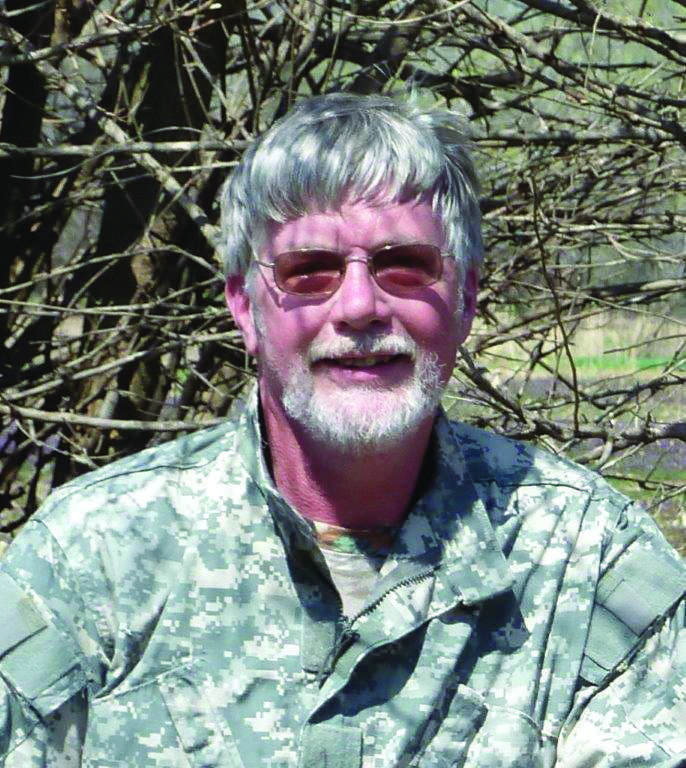(First of three articles)
For six decades the Kansas population has moved from west to east in waves of rural loss and urban growth. And every ten years, the boundaries for state and federal legislative districts must each be reshaped to reflect new and comparable census numbers.
After the 2010 census the vast First congressional district, once a solid rural block, was reshaped to include 63 counties in western and northern Kansas as far east as Riley, Geary, Pottawatomie Wabaunsee Counties. The district now bumps the Shawnee County line ten miles from the state capitol.
A new map, blessed by the Kansas House and Senate, carves the city of Lawrence from north Douglas County into the re-shaped, rural, First District. Although the governor and the courts may weigh in on this map, the politics that shaped it seem to bypass the history and heritage of this land.
In miles or essence, it is a long way from Lawrence or Manhattan to the far corner of the state’s vast southwest high plains. The metaphor of Kansas is reinforced here, in the sun that gathers force moments after dawn, the wind that carries heat or dust over the dry wash of the Cimarron and over land as open to the sky as any sea.
*
Kansas’ southwest profile was completed a quarter-century after statehood, as counties organized and people filtered off the Santa Fe Trail to hunker on the parched tableland. There were no wells, no farmsteads, no trees, no towns. The settlers of the 1880s arrived two decades after Quantrill had sacked Lawrence. They confronted loneliness, a scenic monotony, the vast brooding solitudes. They were left to themselves and the elements. Only the strongest were not driven away, or mad.
A sense of separation is reinforced by a distance in geography – and politics – between the region and its state capital in the northeast. The suspicion lingers that urban Kansas – indifferent, inefficient and insatiable – is out to leave rural communities to spin in frustration.
The Grant County Museum in Ulysses holds photographs of early harvests, men standing in wheat that comes barely to their knees. The sparse plants seem more an accident than a crop. The faces of the men are determined. They carry the ache of possibility, not despair. The early decades were hard and dry. A good year could bring 12 inches of rain.
It was faith, not money, that carried the first generation of the Kansas southwest. The discoveries of oil, gas and water and the arrival of railroads were far in the future. It was a desert place, an enormous, windswept desolation. Left to God, nature and the elements, men and women accepted responsibility for their lives. No space of geography so invited this ethic than the free, fertile and open prairie. If people worked hard and took care of their families, the effort would be rewarded by fortune, or God.
It was another 30 years before fortune surfaced in the southwest. In 1920, the Hugoton gas field, then the largest in the world, was discovered beneath the Kansas High Plains and northwest Oklahoma. Development was slow. Producers were busty tapping the first Kansas oil patch in southeast Kansas.
In 1930, the first gas well in Grant County was drilled southwest of Ulysses. By the end of the decade there were more wells, and byproducts became a second industry. In 1936, the state’s first carbon black plant was opened at Hickock east of Ulysses. Demand for carbon black, made from the incomplete burning of natural gas, included the manufacture of Polaroid film, chocolate candy, house paint, eye makeup, plastics and panty hose.
*
Agriculture would profit most from the Hugoton discovery. For years, farmers and ranchers had known of the Ogallala aquifer, a vast sea of fresh water beneath the entire region. The problem was bringing it to the surface. With natural gas, they found cheap and plentiful fuel for pumps to make rain on the dust-choked plain.
Irrigation would transform the arid fields into a great quiltland of corn and maize, wheat and soybeans. Cattle feeders and meatpackers moved to be near the source of feed. Oil and gas, farming and agribusiness brought to the region a wealth that had been unthinkable a generation earlier.
Men and women had plowed deep worked hard and were rewarded for their faith and independence. They were responsible for the improvement, and they had passed this ethic to their children who embraced it with as much conviction as their elders. This heritage is deeply rooted, and it plays against the transience and politics of cities and suburbs far away, swollen and insular, beckoning with great wealth or gripping poverty and choking indifference.
(Next: Taxes and trouble)





